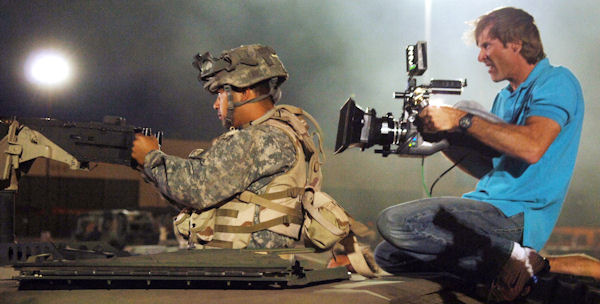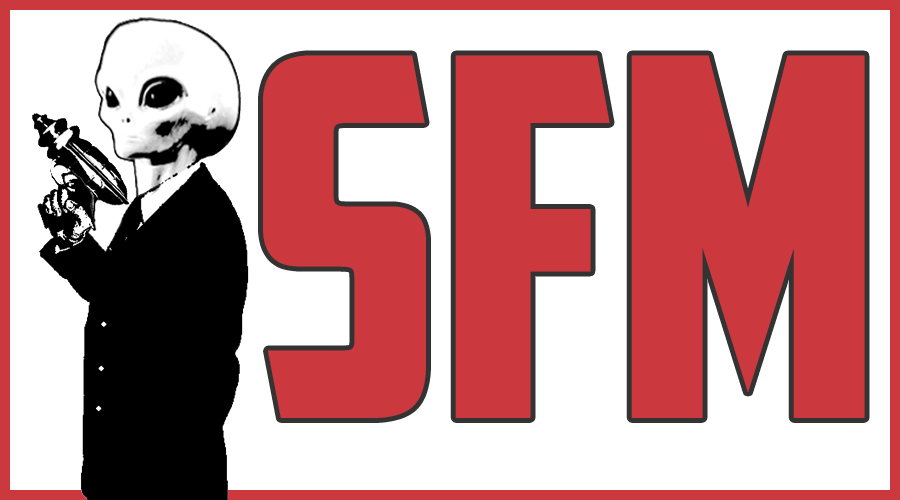
With the overwhelming success of “Avatar”, Hollywood studios are clamoring to cash in on the 3D band wagon by producing new 3D movies and converting recent releases or films still in production into the third dimension. But directors like Michael Bay aren’t totally sold on the 3D conversion:
“I shoot complicated stuff, I put real elements into action scenes and honestly, I am not sold right now on the conversion process.
Even though Dreamworks and Paramount Pictures are leaning on Bay to have a 3D element in “Transformers 3”, there just wasn’t enough time to shoot with a 3D camera and get the film into post before “Transformers 3”’s July 1, 2011 release date. However, Bay has entertained the idea of 3D conversion of his footage, saying:
“I am trying to be sold, and some companies are still working on the shots I gave them. Right now, it looks like fake 3D, with layers that are very apparent. You go to the screening room, you are hoping to be thrilled, and you’re thinking, huh, this kind of sucks. People can say whatever they want about my movies, but they are technically precise, and if this isn’t going to be excellent, I don’t want to do it. And it is my choice.”
3D conversion comes with a whopping price tag starting at $100,000 per minute of run time. Bay estimates that quality 3D conversion actually costs between $120,000 to $150,000 per minute, making a “top-shelf conversion” of “Transformers 3” end up at $30 million.
It’s a matter of integrity of his creative and special effects teams for Bay:
“I’m used to having the A-team working on my films, and I’m going to hand it over to the D-team, have it shipped to India and hope for the best? This conversion process is always going to be inferior to shooting in real 3D. Studios might be willing to sacrifice the look and use the gimmick to make $3 more a ticket, but I’m not. Avatar took four years. You can’t just shit out a 3D movie. I’m saying, the jury is still out.”
James Cameron is equally skeptical about the 3D conversion band wagon. Cameron draws parallels with another recent technological trend in movies:
“After ‘Toy Story’, there were 10 really bad CG movies because everybody thought the success of that film was CG and not great characters that were beautifully designed and heartwarming. Now, you’ve got people quickly converting movies from 2D to 3D, which is not what we did. They’re expecting the same result, when in fact they will probably work against the adoption of 3D because they’ll be putting out an inferior product.”
Cameron’s door is open to any director new to 3D. He is cautious about this dangerous trend of 3D conversion running rampant in Hollywood:
“This is another example of Hollywood getting it wrong. Sony says, we’re doing Spider-Man in 3D.’ The director doesn’t say, `Hey, I want to make the movie in 3D.’ The studio says, `You want to direct this movie? You’re doing it in 3D, motherfucker!’ That’s not how it should be. I’ve tried for the last seven years to get filmmakers excited, and they all hung back while Pixar and DreamWorks did animation and me and a couple others did live action. We prove the point, and now filmmakers are being told to make their movies in 3D.”
What do you think? Are studios going about it all wrong converting 2D to 3D? What will stop sub-par 3D from cheapening the integrity of good 3D?
[Source] Deadline

